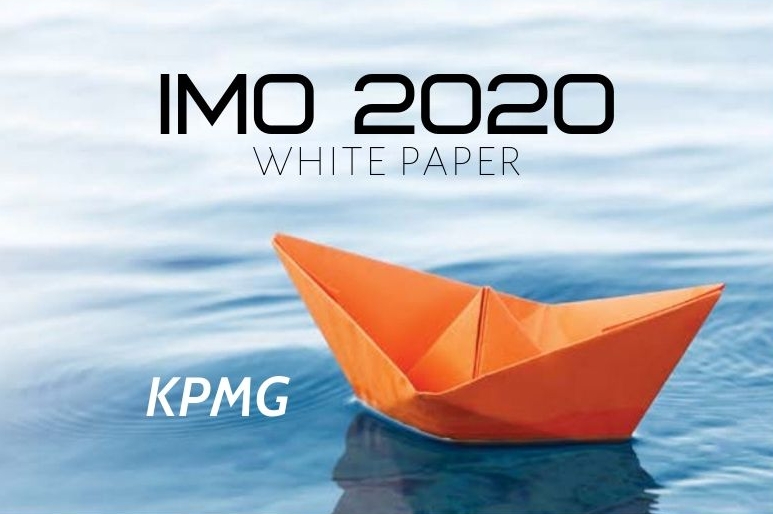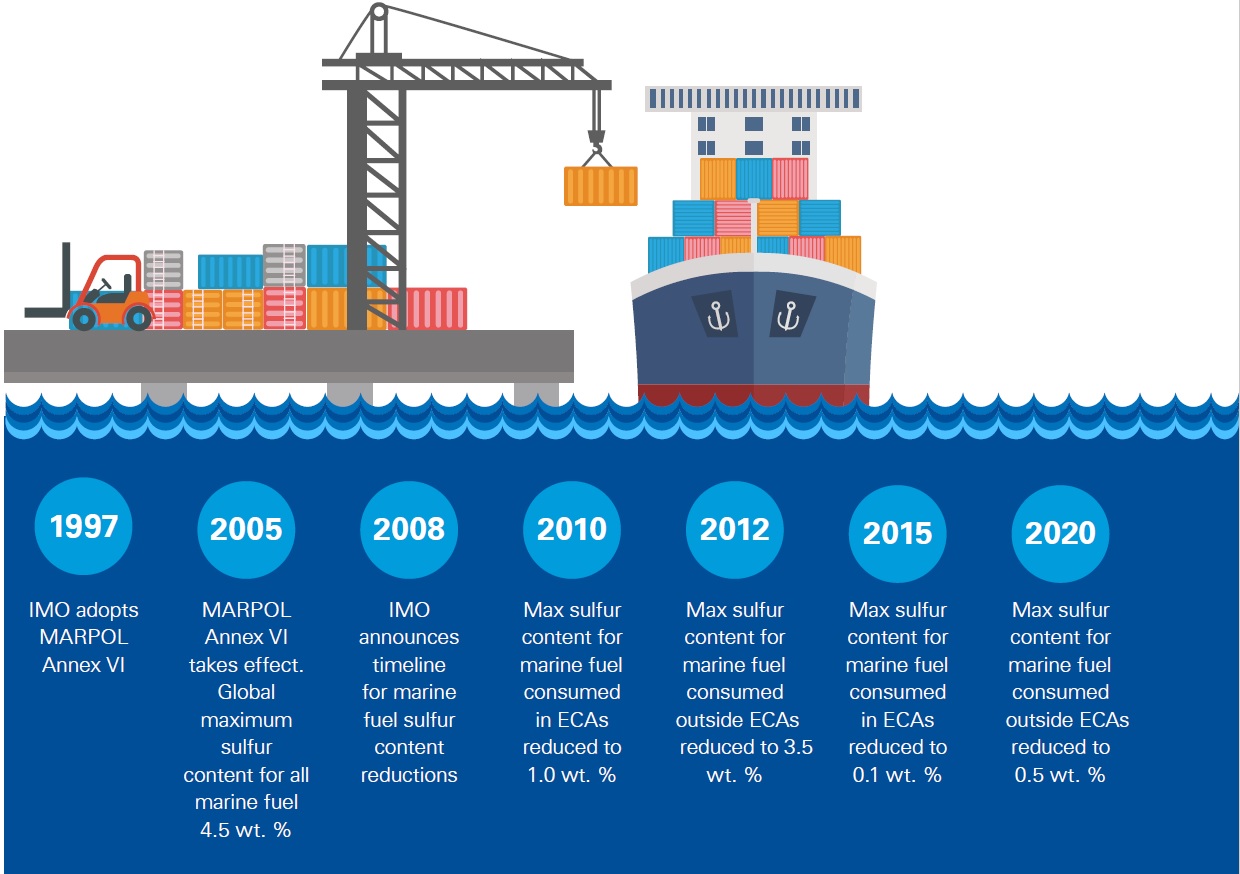
(www.MaritimeCyprus.com) IMO 2020 marks the most recent culmination of efforts in decreasing the pollution exhibited by the maritime industry on the ecological life impacted by its day-to-day operations. This resolution from the International Maritime Organization (IMO) will have an impact throughout the industry which already is in the middle of a radical revamp, with everything being assessed on its efficiency, profitability and overall necessity.
Recent developments appear to point towards LNG being embraced as the fuel of the future, within the maritime industry, with its widespread creation of an infrastructure in which LNG is stored in terminals. This happens with the aim to remain relevant in the modern supply chain. Due to the increased volatility of fuel prices, the vessel owners need to strategically plan their next steps and their financial options, potentially leading to an overhauled pricing strategy.
Overall, the maritime industry is being taken into an environmentally friendly future of sustainability which is shaping up to not only impact the maritime industry but the entire logistical supply chain and the industries embedded within it.
The story of IMO 2020 takes shape in 1997 with the introduction of MARPOL (standing for marine pollution) Annex VI, from the MARPOL agreement, which came into force on the 19th of May 2005. It implemented the first industry wide limit of 4.5% m/m (mass by mass) on sulfur oxide emissions from ship exhausts. Additionally it established individual emission control areas (ECA’s) which would exhibit a more stringent sulfur cap of 1.5%. These included the Baltic Sea, the North Sea and Coastal North America, covering the USA, Canada and the Caribbean.
For more details, click below to download full paper:
Source: KPMG
For more news articles concerning IMO 2020 sulphur cap, click here















